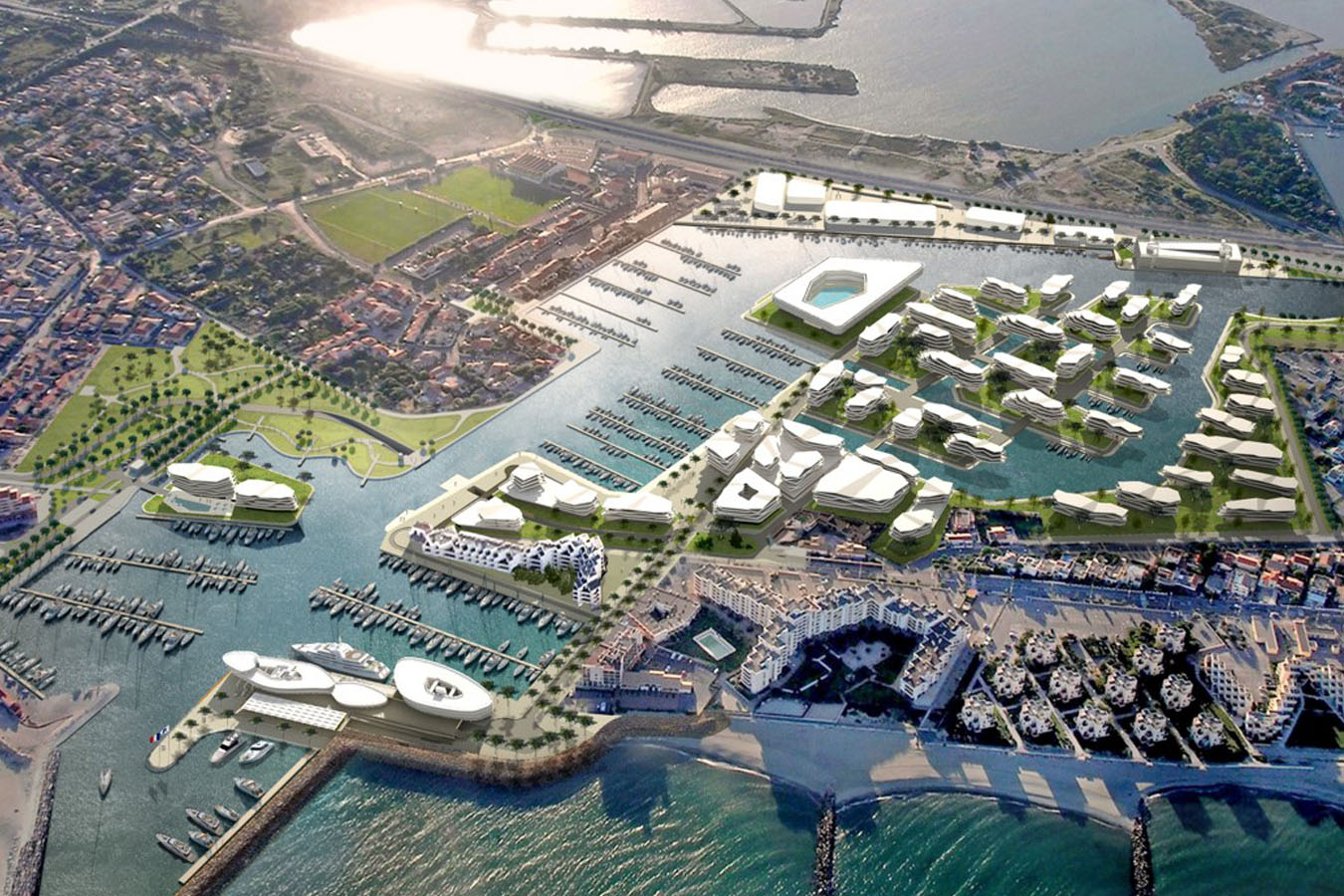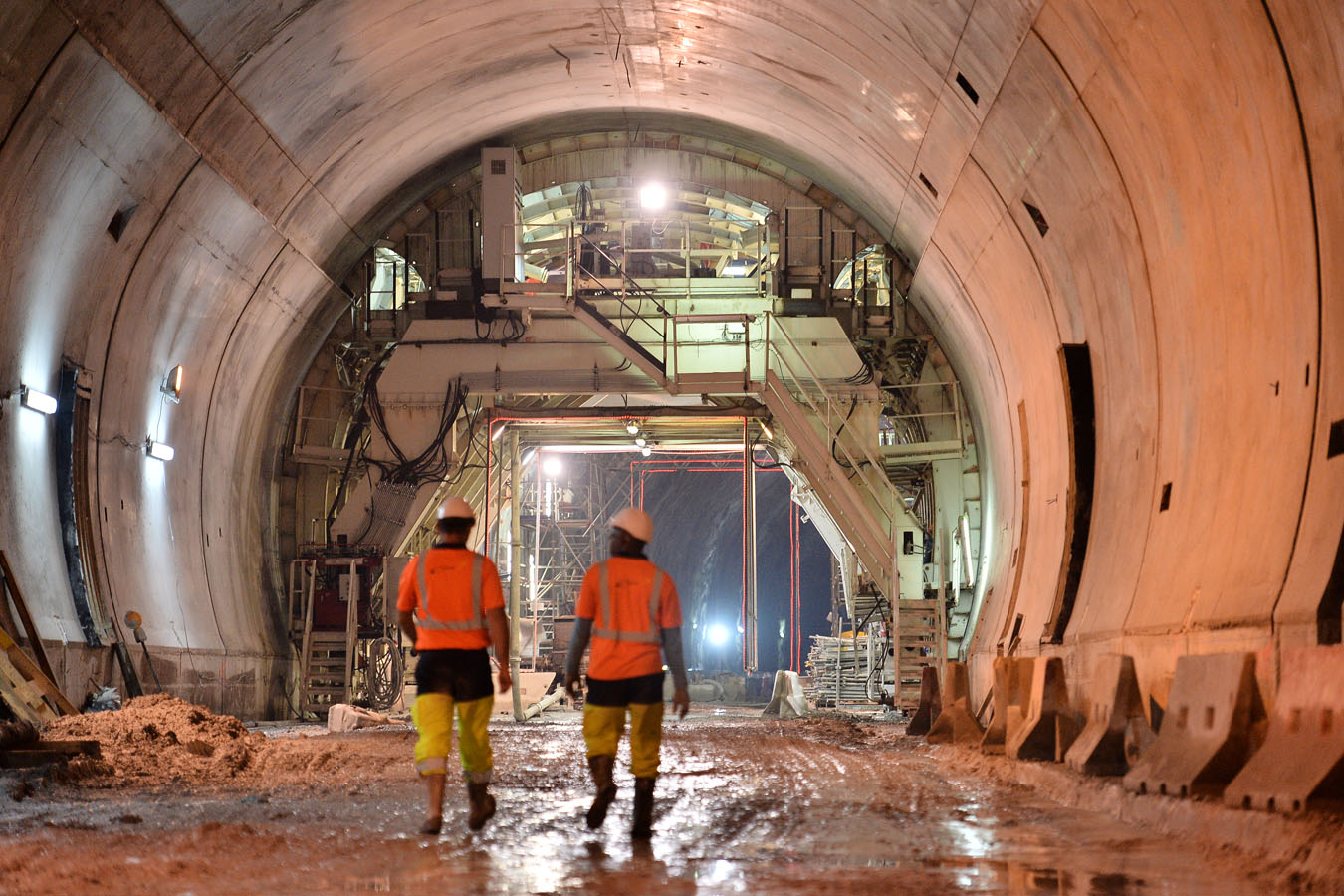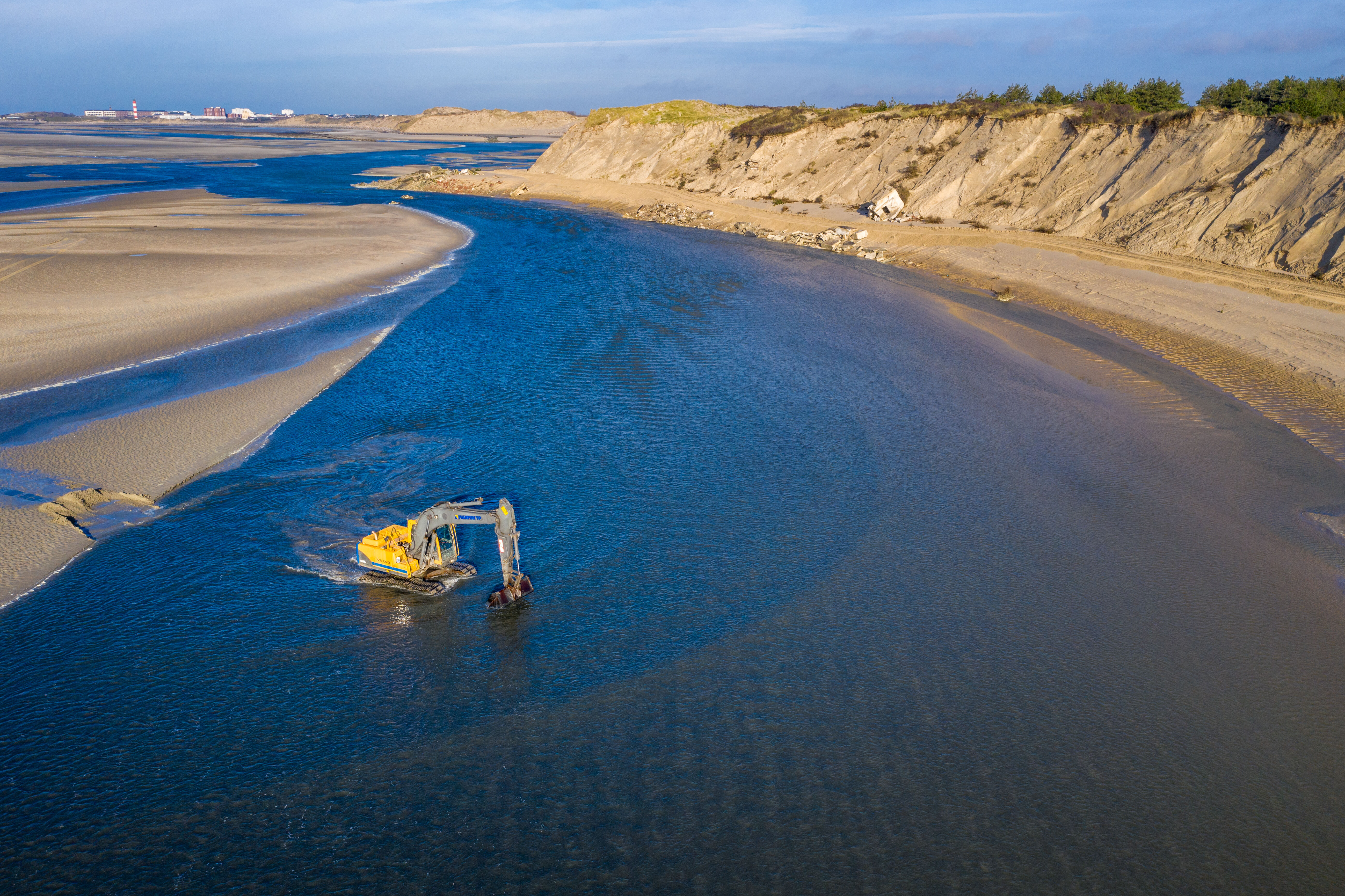Upgrading of the Côte Bleue line
- Location
- Carry-le-Rouet – L’Estaque (13) - France
- Type
- Rail
- Subsidiary
- NGE GC
- NGE FONDATIONS
- TSO
A 100% NGE consortium led by TSO, the Group’s rail engineering subsidiary, has been appointed by SNCF Réseau to regenerate nearly 22 km of track between Carry-le-Rouet and L’Estaque. This project is being jointly funded by the French government, the Sud Provence-Alpes-Côte d’Azur Region, the department of Bouches-du-Rhône, the Aix-Marseille-Provence Urban Community and SNCF Réseau as part of the State-Region Plan Contract.
There are three main work packages:
Total replacement of track (sleepers, ballast and rails). For this aspect of the work, TSO will use the DRL-C ballast undercutter, rail aligner and longitudinal screener, being the only operator in France to use this advanced technology. This machine is particularly effective for work in restricted spaces.
Civil engineering and related works (tunnel reinforcement, hydraulic engineering, fencing and the safety of engineered structures). Work to reinforce the Rio Tinto tunnel will be the most important aspect of this phase. Located beneath former mining operations, this engineered structure shows clear signs of substantial heavy metal pollution, which is compromising its structural integrity. Four sections of the tunnel totalling 130 linear metres will be strengthened using a reinforced concrete shell lining with an integral drainage system to allow water to drain behind the liner segments. Working on this heavily polluted site will demand the implementation of very strict and specific measures in terms of operator safety, environmental impact, pollutant waste management, and a number of other sensitive issues.
Consolidating the slopes above the Rio Tinto tunnel will involve solving a number of serious access problems. The teams will be using helicopters to work on this vast cliff face as they install the type of protective netting known as rock face retention fencing, which was originally developed by NGE Fondations and has proven its benefits on many previous projects. Other techniques will also be used, including rock nailing, cliff face retention netting and the installation of tensioned cabling.
ENVIRONMENTAL CHALLENGES
For those aspects of the project involving the strengthening of engineered structures, the teams will implement a scheme to protect rare species in this particularly sensitive natural environment, which is classified as a ZNIEFF 2 zone. This scheme will be based on the results of a major survey conducted alongside the project owner’s own environmental research department.
The key figures
of the project
of on-site work
of complete track renewal
tunnels
of retention netting
of rock face retention fencing
ENJEUX ENVIRONNEMENTAUX
Pour la partie confortement d’ouvrages, les équipes vont mettre en place un dispositif de protection d’espèces protégées dans un environnement naturel particulièrement sensible, classé ZNIEFF 2. Pour cela, un important travail de repérage se fera avec le bureau d’études environnemental du maître d’ouvrage.





